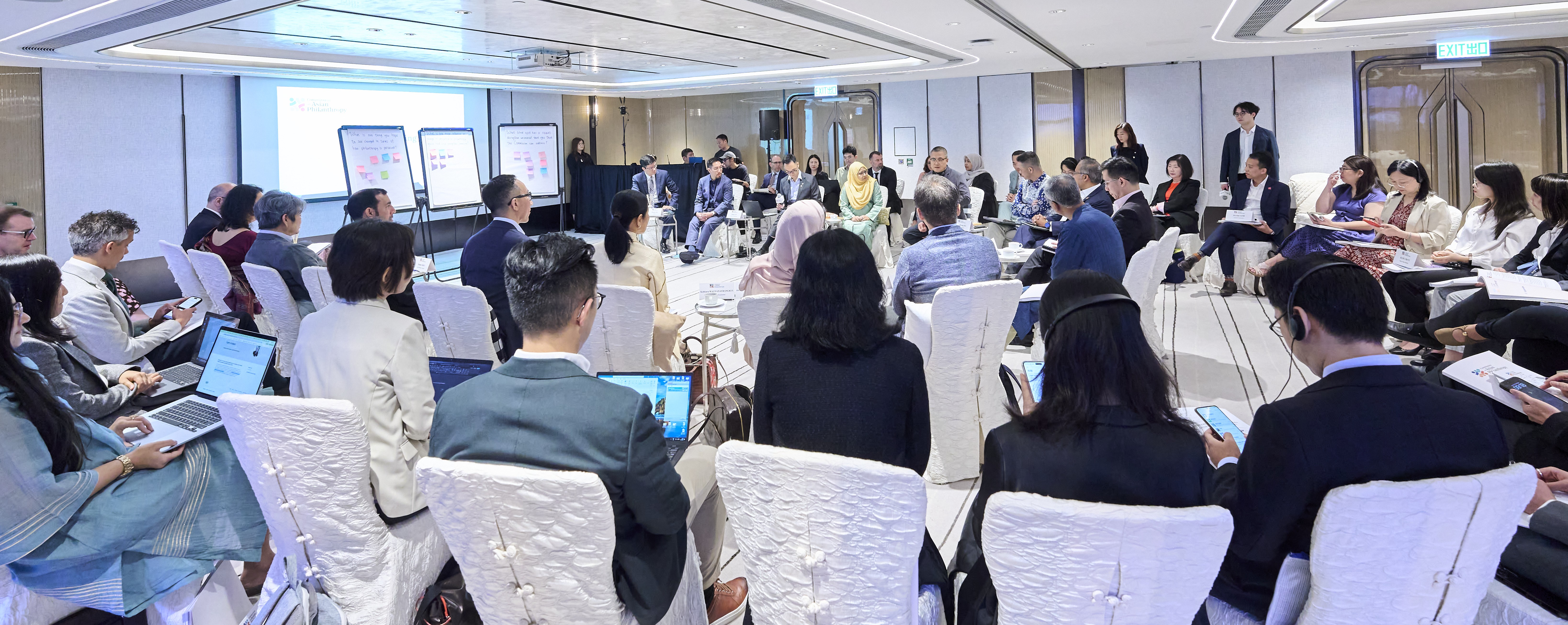

Asia’s philanthropy trajectory: Five growth models driving domestic impact
Philanthropy in Asia is undergoing a transformation according to the Commission on Asian Philanthropy—a group of 13 of the region’s leading foundations. Sharing early insights from their three-year research study launched last year, the Commission has identified five distinct growth models that are reshaping how giving is cultivated and deployed across the continent.
These models—corporate-led, community-led, faith-based, state-led, and high-net-worth-individual-led—are said to be driving scale, professionalism, and strategic effectiveness in ways that reflect Asia’s cultural and institutional diversity. While the high-net-worth individual-led model remains relatively limited in the region, the Commission highlights that the other four account for the majority of philanthropic capital and activity, offering compelling pathways to unlock domestic impact through locally tailored approaches.
What distinguishes Asia’s philanthropic landscape, the Commission notes, is its grounding in regional values and collective responsibility. This pluralistic approach, it argues, extends beyond financial contributions, enabling jurisdictions to build systems that are deeply embedded in their social fabric.
The five growth models in focus
Outlined by the Commission, the five growth models include:
- Corporate-led: Companies deploy assets, expertise, and infrastructure to advance inclusive development.
- Community-led: Citizens engage through volunteering, peer support, and grassroots mobilisation.
- Faith-based: Values-driven giving sustains long-term action and deep community trust.
- State-led: Enables greater coordination and scale, leveraging the state’s reach and delivery infrastructure.
- High-net-worth-individual-led: While less dominant, this model still plays a role in the broader ecosystem.
To illustrate how these models are reshaping philanthropy in practice, the Commission spotlighted examples from several jurisdictions:
- In India, mandatory corporate social responsibility (CSR) legislation boosted corporate giving from US$1.20 billion in 2015 to US$4.17 billion in 2024, embedding inclusive growth into boardroom priorities in less than a decade.
- China and Saudi Arabia have digitalised informal giving by the general public, with China channelling close to US$1.55 billion in 2021 and Saudi Arabia raising US$1.33 billion in 2024 through digital fundraising platforms.
- Indonesia’s Zakat system, rooted in Islamic law, has professionalised faith-based giving, increasing contributions to US$2.55 billion in 2024. Institutional giving has tripled since 2015 to US$0.73 billion, now accounting for 28.69% of total Zakat contributions.
“Asia’s philanthropic landscape is full of potential, but real transformation depends on strengthening the underlying systems that support the different philanthropic growth models,” said Lester Huang, Chairman of the Institute of Philanthropy, which is a co-convenor of the Commission. “These models offer a path forward—not just to grow giving, but to professionalise philanthropic approaches, improve coordination and increase impact.”
A regional effort rooted in local relevance
The Commission’s findings mark a major milestone in its effort to catalyse “in Asia, for Asia” philanthropy. Rather than prescribing a single model, the research celebrates regional diversity, showcasing how jurisdictions are cultivating systems aligned to their cultural, institutional and socio-economic contexts.
Examples across the corporate-led, community-led and faith-based models have been highlighted to spark dialogue, foster shared learning and encourage regional collaboration. The aim, according to the Commission, is to inform the evolution of domestic philanthropic ecosystems and raise the standard for what philanthropy can achieve.
“Asia is shaping a new paradigm for global philanthropy, one that is rooted in local relevance, innovation and strategic execution,” said Ichiro Kabasawa, Executive Director of The Nippon Foundation and representative of the Asia Philanthropy Congress, a co-convenor of the Commission. “By building on bold growth models, we’re not just increasing giving, we’re raising the standard for what philanthropy can achieve when it is deeply embedded in the communities it aims to serve.”

